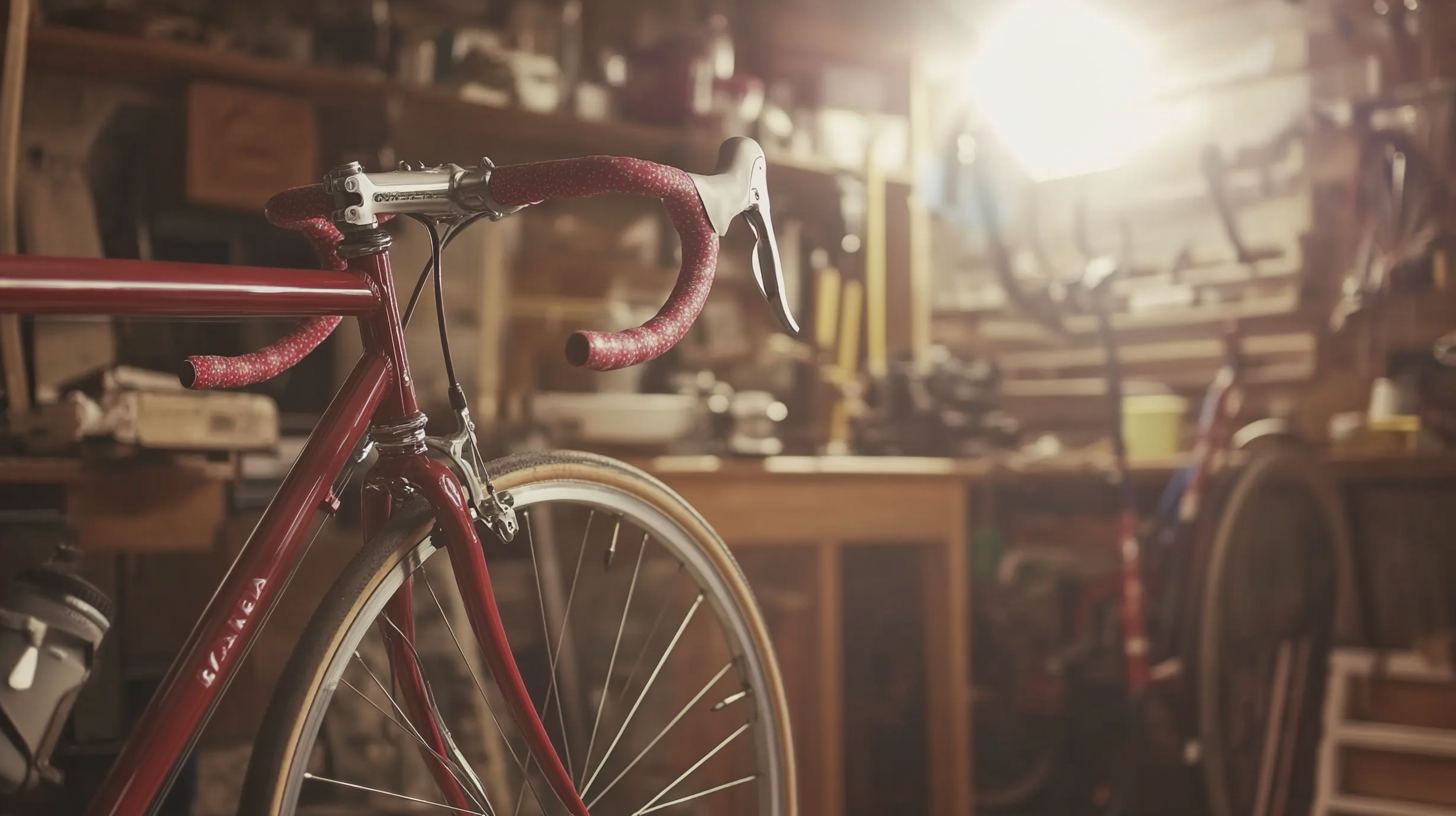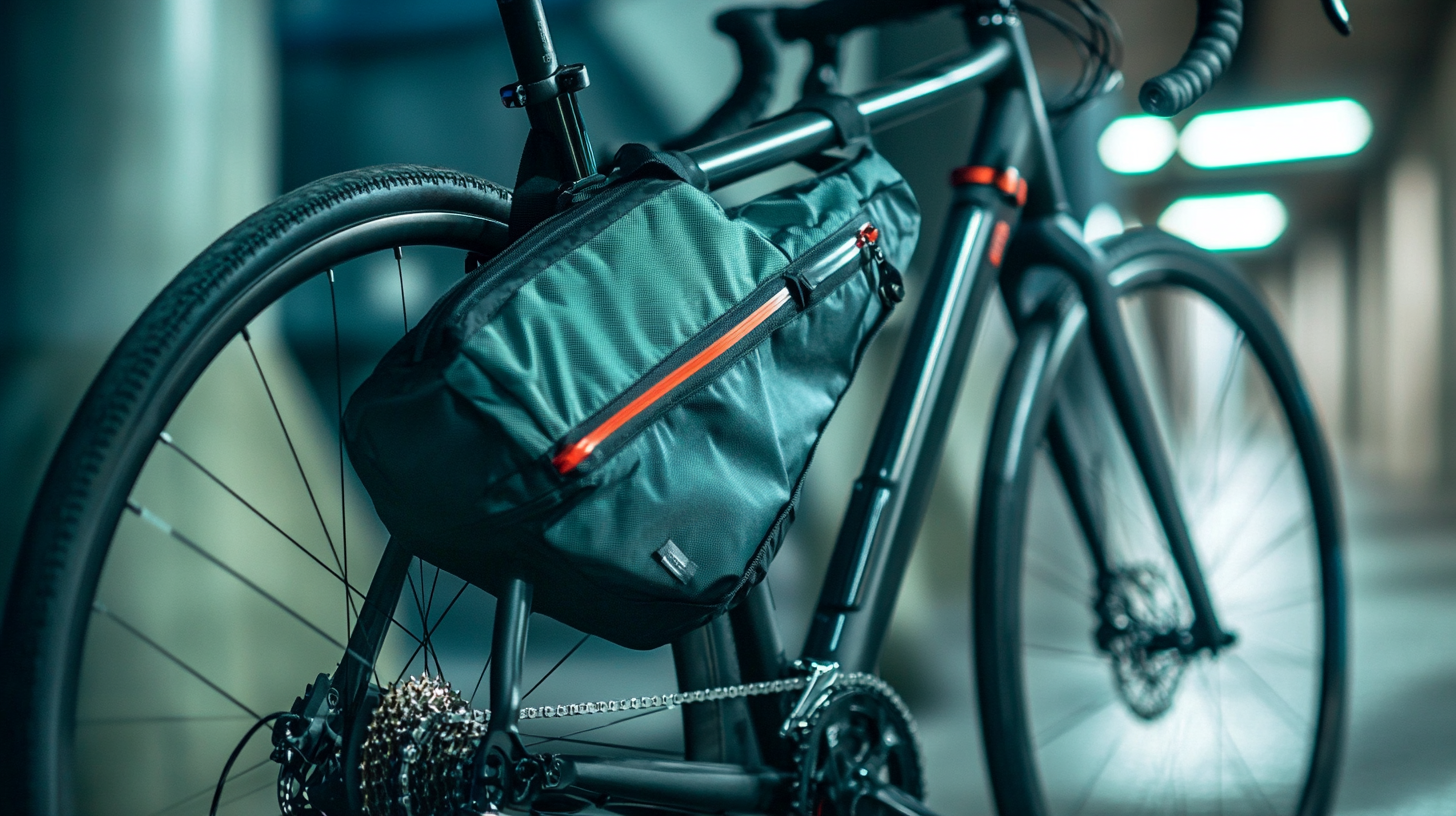- 0086-0769-87986375
- Welcome you to Dongguan Yili Bags Co., Ltd. website!
Reviving Growth: How ‘Best Bicycle Frame Bag’ Manufacturing Defies Tariff Challenges
In recent years, the bicycle industry has faced significant challenges due to escalating tariffs between the U.S. and China, putting pressure on manufacturers and reshaping market dynamics. However, one segment that has surprisingly thrived amidst these obstacles is the production of the best bicycle frame bags. These essential accessories for cyclists combine functionality with innovation, capturing the attention of avid biking enthusiasts and casual riders alike. This blog explores how manufacturers have adapted to tariff challenges, leveraging creativity and efficient supply chains to deliver high-quality bicycle frame bags. By focusing on sustainable practices and enhancing product features, these manufacturers not only survive but also showcase the resilience of Chinese manufacturing in a competitive landscape. As we delve into their strategic approaches, we will uncover the driving factors behind this remarkable growth and the potential implications for the future of the bicycle accessory market.

Navigating Tariff Hurdles: The Resilience of Bicycle Frame Bag Manufacturing
Navigating tariff hurdles has become crucial for manufacturers across various sectors, including the bicycle frame bag industry. As tariffs reshape international trade dynamics, businesses are adopting strategic contractual frameworks to mitigate disruptions. According to a recent report, nearly 70% of firms are enhancing their contract management processes to address tariff-related uncertainties. These proactive measures not only protect operations but also enable manufacturers to maintain stable pricing and supply chains in a volatile market.
In the competitive landscape of bicycle frame bag manufacturing, resilience is key. Companies are increasingly exploring alternative sourcing strategies and diversifying their supplier base to offset the impact of tariffs. Data indicates that businesses engaging in multiple sourcing options can reduce the risk of dependency on a single market. As a result, many manufacturers are finding innovative ways to absorb additional costs while continuing to deliver quality products. This adaptability exemplifies the sector's commitment to thriving despite external pressures, highlighting a remarkable resilience in a challenging economic environment.
Reviving Growth: How ‘Best Bicycle Frame Bag’ Manufacturing Defies Tariff Challenges
| Dimension | Value |
|---|---|
| Annual Production Volume (units) | 150,000 |
| Average Price per Unit ($) | 35 |
| Market Growth Rate (%) | 10 |
| Primary Export Markets | Europe, North America |
| Average Tariff Rate on Imports (%) | 25 |
| Percentage of Production Done Locally (%) | 80 |
| Top Manufacturer (Company Name) | Cycle Gear Co. |
| Employment in Manufacturing Sector | 600 |
Innovative Strategies: How Chinese Manufacturers Are Adapting to Tariff Pressures
The recent tariff challenges have forced many manufacturers to rethink their strategies, particularly in the competitive landscape of bicycle frame bags. Chinese manufacturers, known for their agility and innovation, have started adapting to these pressures with remarkable resilience. By optimizing supply chains and leveraging local resources, they are not only mitigating the impact of tariffs but are also enhancing their production capabilities.
One key strategy has been the investment in advanced manufacturing technologies. This shift not only increases efficiency but also improves product quality. Additionally, manufacturers are diversifying their markets, looking beyond traditional export destinations to emerging markets where demand for high-quality, affordable biking accessories is on the rise. Collaborations with local distributors in these regions have also proven beneficial, allowing for a quicker response to market demands and reducing logistical costs. In this rapidly changing environment, the ability to innovate and adapt has become paramount, ensuring that Chinese manufacturers remain competitive, even in the face of challenging tariff landscapes.

Quality Over Price: The Competitive Edge of China’s Bicycle Frame Bags
In a market increasingly influenced by tariffs and global trade complexities, China's bicycle frame bag manufacturers are carving out a niche by prioritizing quality over price. As consumers become more discerning, they seek products that not only meet their functional requirements but also embody durability and innovative design. This shift in consumer behavior has prompted manufacturers to invest in higher-quality materials and advanced production techniques, ensuring that their offerings stand out amidst a sea of cheaper, low-quality alternatives.
Moreover, the competitive edge gained through superior craftsmanship is not just about meeting local demand; it extends to capturing international markets. With stringent quality controls and a commitment to excellence, these manufacturers have successfully enhanced their brand reputation abroad. As they continue to emphasize quality, they are not only defying the challenges posed by tariffs but also positioning themselves as leaders in the global bicycle accessory market. The dedication to creating durable, reliable frame bags sets a new standard, attracting a loyal customer base that values performance over mere affordability.
Market Share of Bicycle Frame Bag Manufacturers
This pie chart illustrates the market share distribution of various bicycle frame bag manufacturers. China leads the segment with a significant share, followed by Taiwan, the USA, Germany, and other countries, showcasing the competitive landscape within the bicycle accessories industry.
Market Trends: Growing Demand for Bicycle Frame Bags Amid Tariff Challenges
The bicycle frame bag market has witnessed significant growth despite the hurdles posed by recent tariff challenges. As cycling becomes an increasingly popular mode of transportation and recreation, more consumers are seeking efficient and practical storage solutions for their rides. This surge in demand has prompted manufacturers to innovate and enhance their product offerings, focusing on durability, style, and functionality.
Consequently, brands are adopting strategies that prioritize local manufacturing and sustainable practices to mitigate the impact of tariffs. By investing in eco-friendly materials and production processes, companies not only cater to the evolving preferences of environmentally conscious consumers but also create a positive brand image. This proactive approach allows them to maintain competitiveness while addressing potential price increases caused by tariffs.
In a market that is shifting towards personalization and versatility, bicycle frame bags are becoming essential accessories for cyclists of all levels. Whether for daily commutes or weekend adventures, the emphasis on convenient, lightweight, and stylish designs is likely to shape the future of this industry. As the demand continues to rise, manufacturers are well-positioned to navigate challenges and embrace opportunities for growth.
Reviving Growth: Demand for Bicycle Frame Bags Amid Tariff Challenges
Sustainability Focus: Eco-Friendly Initiatives in Bicycle Frame Bag Production
In recent years, the bicycle frame bag manufacturing industry has increasingly prioritized sustainability, responding to consumer demand for eco-friendly products. According to a report by the World Bicycle Relief, nearly 70% of cyclists prefer brands that demonstrate a commitment to environmental responsibility. This trend is catalyzing manufacturers to adopt greener practices, particularly in materials sourcing and production processes. Eco-friendly options, such as recycled fabrics and biodegradable components, are becoming standard, shifting the industry's landscape towards more sustainable practices.
Companies like Ortlieb and Revelate Designs are leading the way by implementing innovative recycling initiatives. Ortlieb, for instance, has reported that up to 40% of their production materials now come from recycled sources. This commitment not only mitigates waste but also decreases reliance on virgin materials, thus lowering their carbon footprint. Additionally, manufacturers are focusing on reducing energy consumption in production, with some using solar power to run their facilities. As the market for bicycle frame bags continues to evolve, these sustainability initiatives are not merely trends; they are becoming essential elements in the competitive landscape, appealing to an increasingly environmentally-conscious consumer base.

